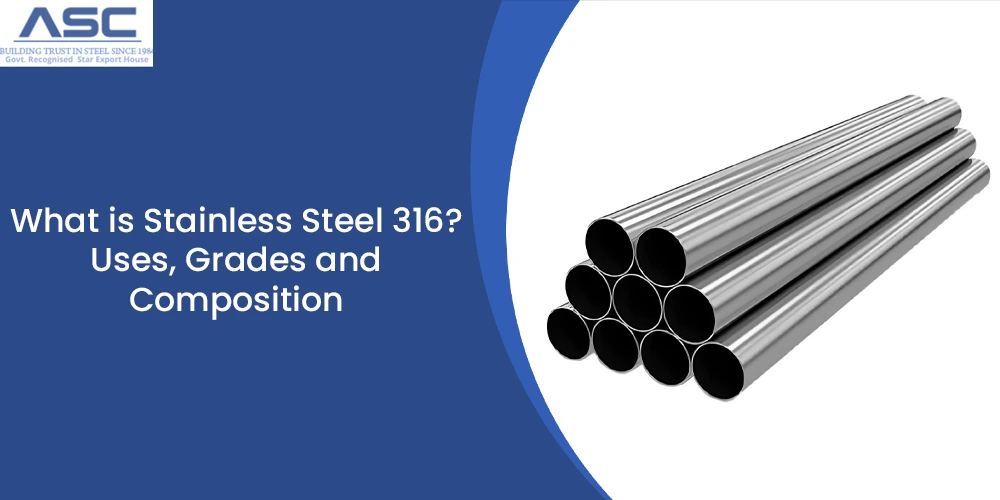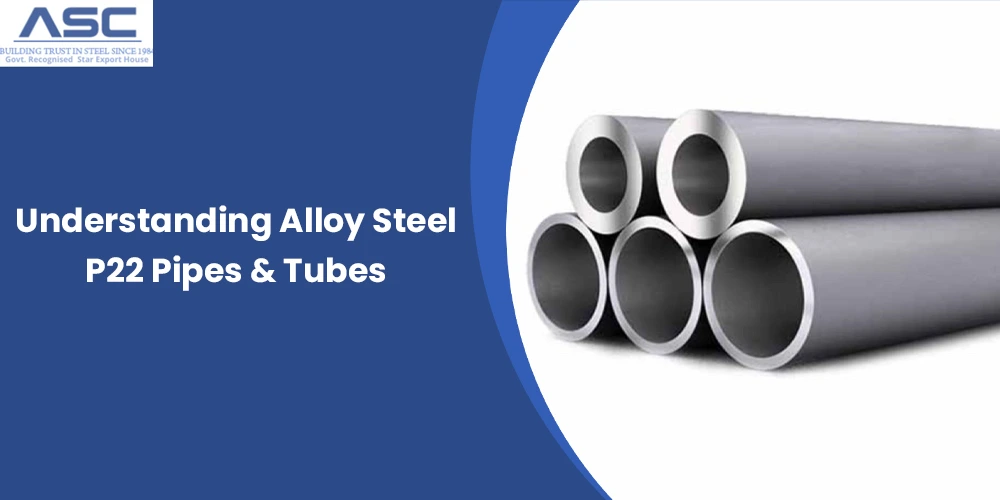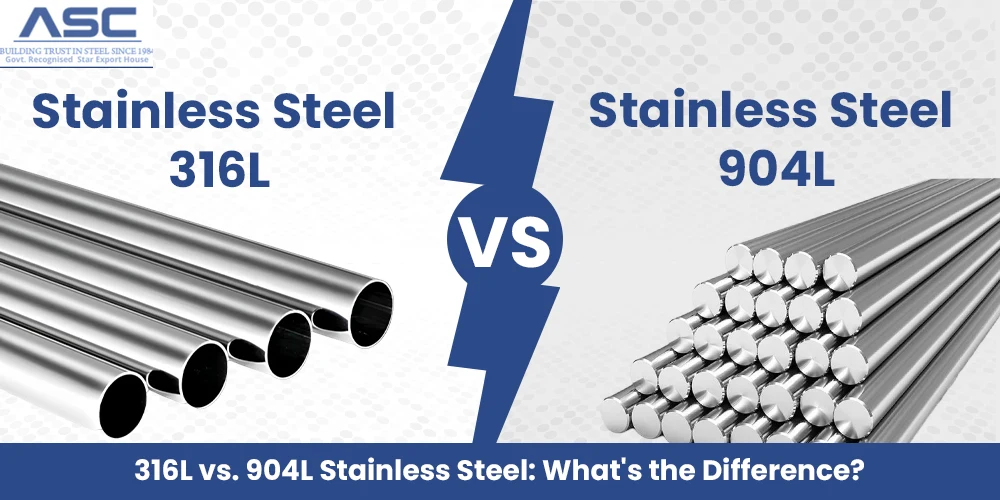What is Stainless Steel 316? Uses, Grades, and Composition
by AMC
Posted on March 05, 2025 at 05:01 PM

Stainless steel is known for its durability and corrosion resistance, making it an essential material in various industries. Among the many stainless steel grades, Stainless Steel 316 (SS 316) stands out for its enhanced resistance to corrosion, strength, and versatility. This blog explores SS 316 composition, material properties, grades, and uses to help you understand why it is a preferred choice in demanding environments.
Composition of Stainless Steel 316
SS 316 is an austenitic stainless steel alloy that includes chromium, nickel, and molybdenum. The addition of molybdenum increases its corrosion resistance, particularly against chlorides and harsh chemicals.
| Element | Composition (%) |
|---|---|
| Iron (Fe) | Balance |
| Chromium (Cr) | 16.0 - 18.0 |
| Nickel (Ni) | 10.0 - 14.0 |
| Molybdenum (Mo) | 2.0 - 3.0 |
| Manganese (Mn) | ≤2.0 |
| Silicon (Si) | ≤0.75 |
| Carbon (C) | ≤0.08 |
| Phosphorus (P) | ≤0.045 |
| Sulfur (S) | ≤0.03 |
The presence of molybdenum makes SS 316 more resistant to pitting and crevice corrosion compared to other grades like SS 304.
Properties of SS 316
SS 316 exhibits excellent mechanical and physical properties, making it suitable for high-stress environments.
| Property | Value |
|---|---|
| Density | 7.98 g/cm³ |
| Melting Point | 1371-1399°C |
| Tensile Strength | 515 MPa |
| Yield Strength | 205 MPa |
| Hardness (Rockwell B) | 79 |
| Elongation at Break | 40% |
| Thermal Conductivity | 16.3 W/m·K |
These properties make SS 316 ideal for marine applications, chemical processing, and medical devices.
Grades of Stainless Steel 316
SS 316 has different variations, each suited for specific applications:
| Grade | Key Features |
|---|---|
| 316 | Standard molybdenum-bearing stainless steel with good corrosion resistance. |
| 316L | Lower carbon content, ideal for welding and reducing carbide precipitation. |
| 316H | Higher carbon content for better strength at high temperatures. |
| 316Ti | Titanium-stabilized version for improved intergranular corrosion resistance. |
| 316N | Nitrogen-enhanced for increased strength. |
Among these, 316L stainless steel is widely used for welding applications due to its reduced risk of carbide precipitation.
Heat Resistance and Weldability
SS 316 has excellent heat resistance, making it ideal for applications that involve high temperatures. The alloy retains its strength and oxidation resistance even at elevated temperatures. However, for continuous use in the 425-860°C range, 316L is recommended to prevent sensitization.
When it comes to weldability, SS 316 can be easily welded using standard methods like TIG, MIG, and shielded metal arc welding (SMAW). 316L does not require post-weld annealing, making it a more practical choice for welded structures.
Uses of Stainless Steel 316
SS 316 is preferred across various industries due to its high corrosion resistance, durability, and strength.
Industrial Applications
- Chemical & Pharmaceutical Industry: Used in chemical tanks, processing equipment, and piping due to its resistance to corrosive chemicals.
- Marine Applications: Ideal for shipbuilding, offshore platforms, and coastal structures because of its ability to withstand salty environments.
- Medical Industry: Found in surgical instruments and implants due to its biocompatibility and resistance to body fluids.
- Food & Beverage Industry: Used in processing equipment, storage tanks, and kitchen appliances for its hygienic properties.
- Automotive & Aerospace: Components like exhaust systems and aircraft fittings benefit from its heat resistance and durability.
Common Stainless Steel 316 Products
- 316 Stainless Steel Sheets: Used in structural applications.
- Stainless Steel 316 Pipes: Found in chemical and marine industries.
- Fasteners, Valves, and Heat Exchangers: Common in industrial and mechanical applications.
SS 316 vs. SS 304: Which One to Choose?
While SS 304 is widely used, SS 316 offers better corrosion resistance, especially in harsh environments.
| Feature | SS 304 | SS 316 |
|---|---|---|
| Composition | 18% Cr, 8% Ni | 16% Cr, 10% Ni, 2% Mo |
| Corrosion Resistance | Good | Superior (resistant to chlorides) |
| Strength | High | Higher |
| Cost | Lower | Slightly Higher |
If cost is a concern, SS 304 is a suitable choice for general applications. However, for environments exposed to chemicals, saltwater, or extreme temperatures, SS 316 is the better option.
Why Choose Amardeep Steel for Stainless Steel 316?
Amardeep Steel Centre is a trusted supplier of high-quality Stainless Steel 316 sheets, pipes, and fittings. With a strong reputation for reliability and industry expertise, Amardeep Steel offers custom solutions to meet diverse industrial requirements.
For more information or to place an order, contact Amardeep Steel Centre today!
Frequently Asked Questions (FAQs)
1. Is 316 stainless steel good for food?
Yes, SS 316 is an excellent choice for food processing applications. It is highly resistant to acids, alkalis, and chlorides found in food and beverages. The molybdenum content provides extra protection against corrosion, making it suitable for food storage, dairy processing, and commercial kitchen equipment.
2. Which is better, 316 or 304 stainless steel?
While SS 304 is widely used, SS 316 offers better corrosion resistance due to the addition of molybdenum. If the environment involves saltwater, chemicals, or high temperatures, SS 316 is the superior choice. However, if budget constraints are a concern, SS 304 is a more cost-effective alternative.
3. Which is better, 316 or 316L?
Both SS 316 and SS 316L have excellent corrosion resistance. However, 316L has lower carbon content, making it better suited for welding and applications where carbide precipitation must be minimized. SS 316 is preferable when additional strength at high temperatures is required.
4. Why choose 316 stainless steel?
SS 316 is chosen for its outstanding corrosion resistance, durability, and strength. It is widely used in marine environments, chemical industries, food processing, and medical implants. Its resistance to pitting and crevice corrosion makes it an ideal material for applications exposed to harsh conditions.

Understanding Alloy Steel P22 Pipes & Tubes
ASTM A335 pipe criteria consist of Chrome Moly seamless steel pipes and alloy steel tubes. It is available as per your taste, preferences, and choice right from P-1 to P-91. Amardeep Steel Center offers high-quality alloy

